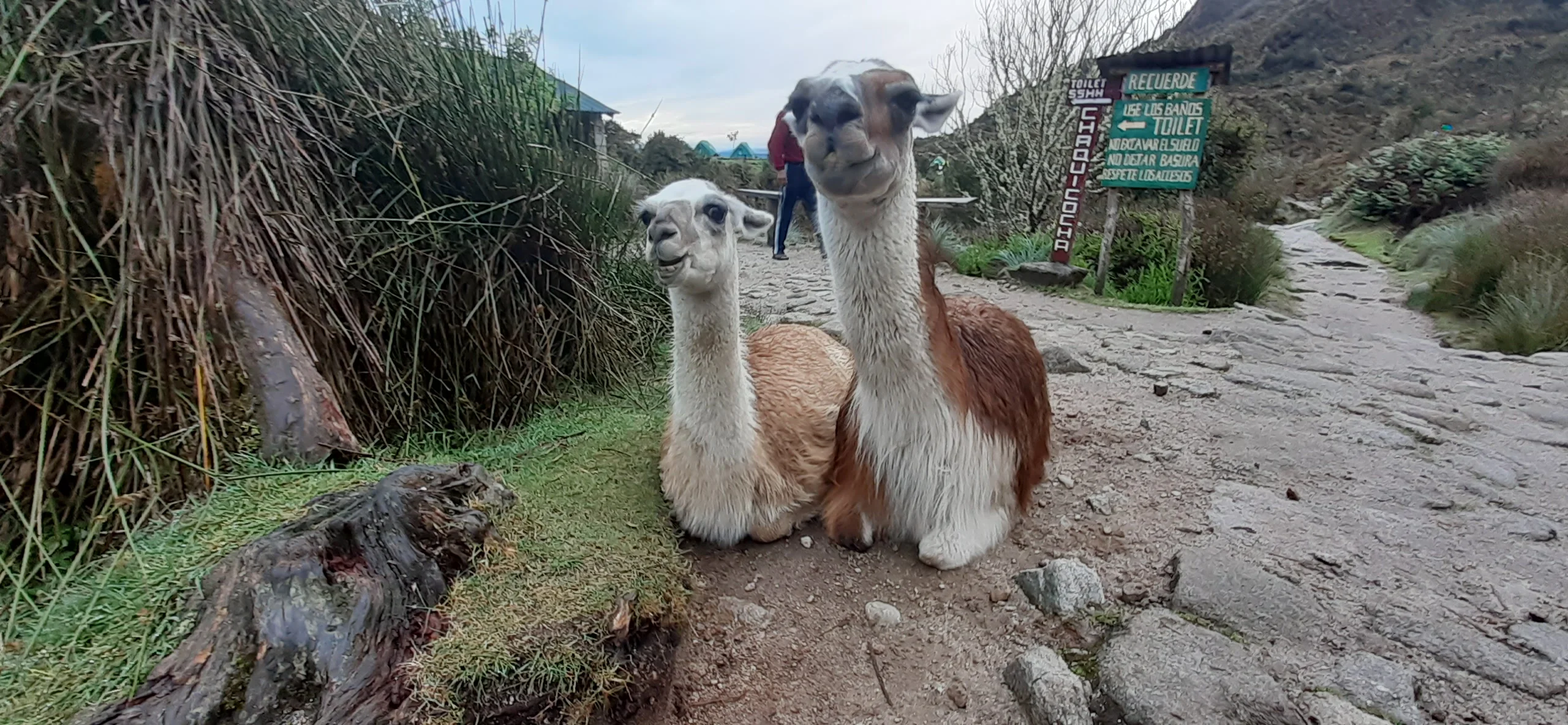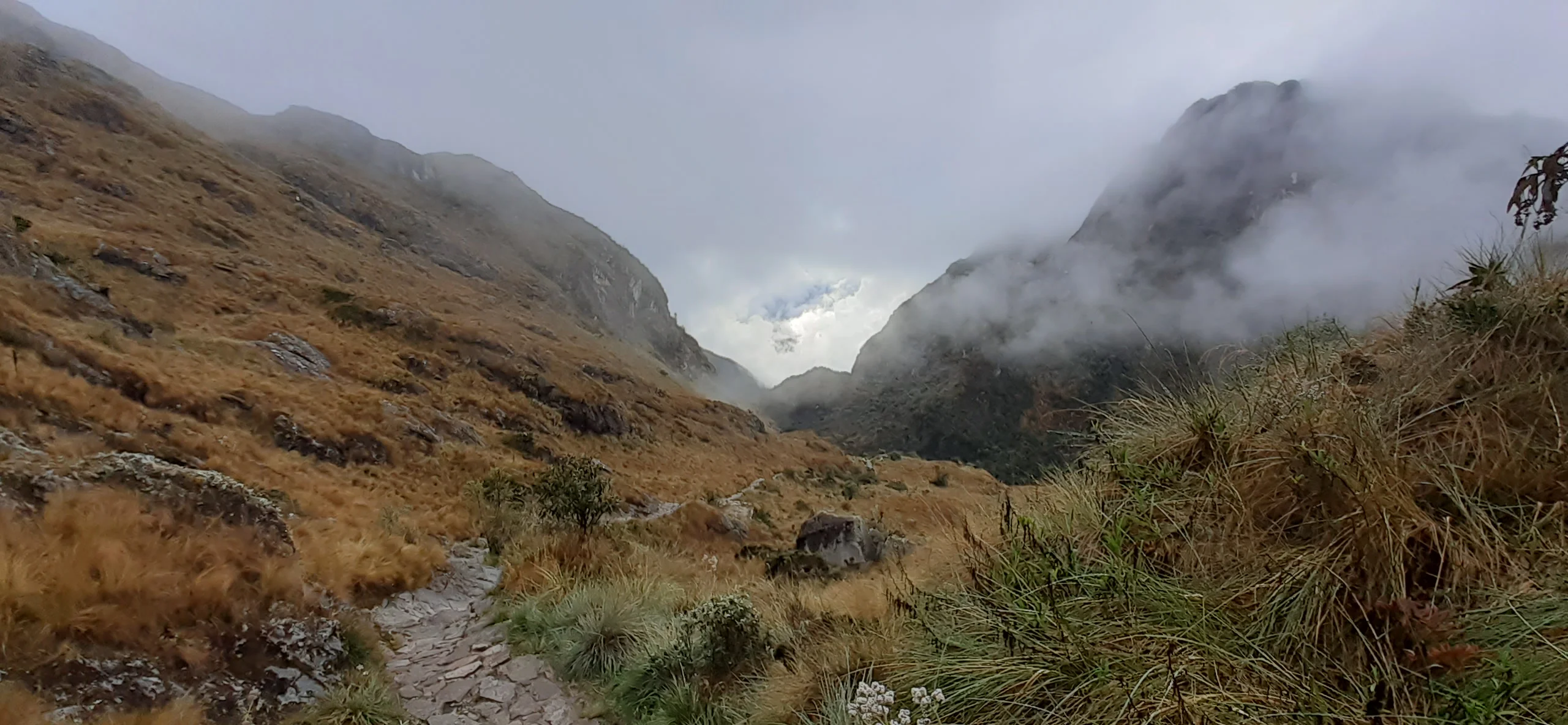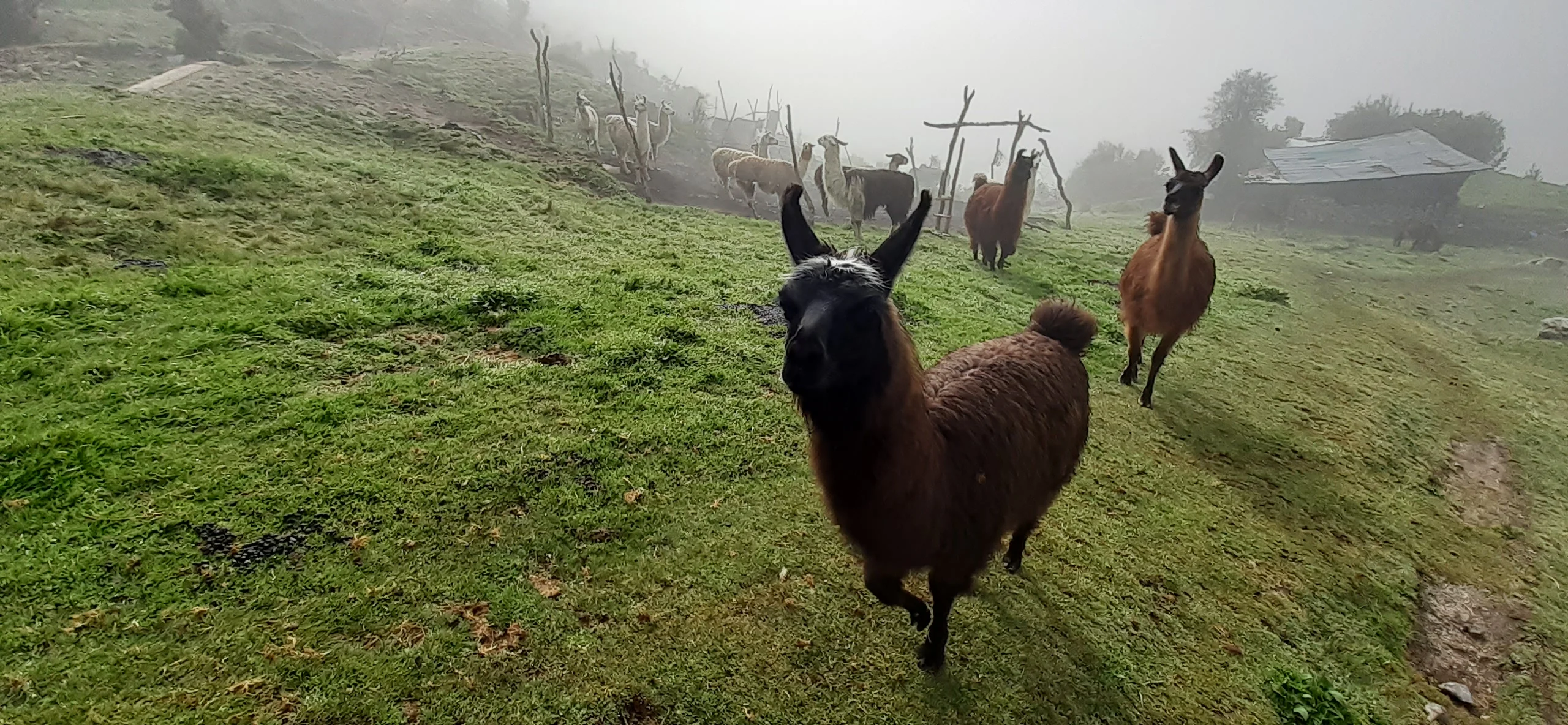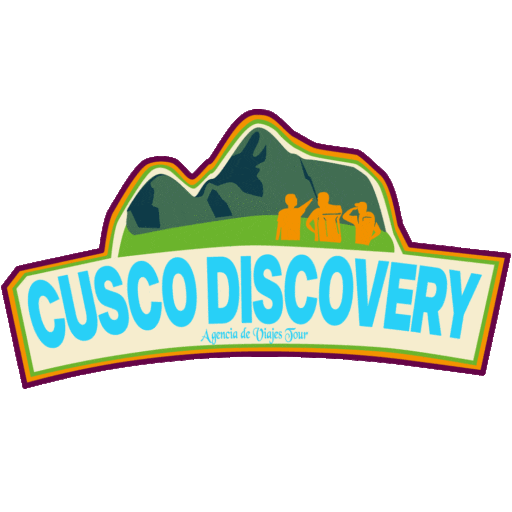
The Inca Trail presents a challenging and meandering path, yet it unveils breathtaking vistas and mysterious locales that defy explanation. This allure draws countless adventurers eager to traverse the 43-kilometer journey, conquering altitudes of 4200 meters above sea level to reach the revered citadel of Machu Picchu through the iconic “Puerta del Sol” or “Inti Punku.”
For many, this experience fulfills a long-held dream. Before embarking on this adventure, it is essential to consider the following tips and recommendations for navigating the Inca Trail to Machu Picchu. Additionally, comprehensive information on booking procedures, required documentation, trail costs, and more can be found to ensure a well-prepared and memorable journey.
Let’s begin with…

1. Required Documentation for Reserving the Inca Trail.
The essential paperwork serves as the sole prerequisites for acquiring entry to the Inca Trail. These documents will be scrutinized by the Regional Directorate of Culture Cusco, the governing body responsible for issuing permits for the Inca Trail to Machu Picchu.
Presenting these documents may sometimes result in discounts; for instance, if the reservation is for a minor aged between 8 to 17 years, simply showing an International Student Identity Card (ISIC) photo can guarantee a discount, the specific amount varying based on the agency managing the Inca Trail. The required documents include:
- Passport: Required for adult individuals of any nationality.
- DNI (National Identity Card): Mandatory for adult members of the Andean community.
- DNI: Essential for Peruvian residents of other nationalities.
- Carnet de extranjeria: Necessary for foreigners residing in Peru.
- International Student Identity Card (ISIC): Compulsory for underage foreigners (8 to 17 years old).
- Note: It is imperative to undertake the Inca Trail exclusively through an authorized agency; independent treks are not permitted.
2. Booking Process for the Inca Trail
Crucial Note: The Inca Trail is closed for maintenance throughout February and is not operational. Additionally, it is essential to be aware of the daily capacity restrictions, which allow a maximum of 500 individuals, inclusive of support personnel.
3. Suggested: Make Reservations 5 to 6 Months Ahead.
Booking Procedure
To book the Inca Trail, it is mandatory to do so through an authorized travel agency. One of the leading agencies operating in Peru is Cusco Discovery.
You can visit their website (Inca Trail), select the desired service, and fill out the Contact form. From that point onwards, the operating agency will handle the rest of the booking process.
- Select the date for your trekking adventure.
- Fill in the form with your personal information and submit it.
- Your details will be verified, and once the payment is approved.
- Check your email for a confirmation of your reservation. Please remember that you can modify your reservation at any time.
4. Inca Trail Fees
The cost of the Inca Trail varies depending on the agency you select. Each operating agency sets its price based on the quality of service provided.
Important: Before choosing an operating agency, ensure that it is a legitimate and formal organization. Demand proof of payment and request detailed information before purchasing any tourist package. Be cautious to avoid falling victim to scams by false agencies.
5. Preparation and Guidance for the Inca Trail Before and During the Trek
Preparation Prior to the Inca Trail
Choose the Season: The Inca Trail operates almost year-round, except for the month of February due to maintenance. However, there is a preference among tourists between the Dry season (May to October) and the Rainy season (November to April). Let’s explore the highlights of each season:
Dry Season: During this time, Cusco enjoys radiant days with clear skies, but the nights can be cold and frosty. The night sky is particularly beautiful, with the stars shining brightly. Additionally, June and July bring big celebrations, such as the festivities of Cusco or “Inti Raymi,” a unique traditional celebration dating back to the Inca era, celebrated nationwide throughout Peru. Immerse yourself in these festivities and trek the Inca Trail.
Rainy Season: Don’t dismiss this season, as it offers its own unique charms. If you’re a nature lover, the rainy season is the perfect time to visit, as it revives Cusco with lush vegetation and stunning landscapes, often adorned with rainbows. Embrace the beauty of nature during this season.
Book in advance: It is recommended to book 5 to 6 months in advance, depending on the season you choose. For the dry season, book at least 6 months in advance, as earlier is better. For the rainy season, book 5 months in advance.
Prepare yourself physically and mentally: The Inca Trail spans 43 kilometers, requiring daily walks of 30 minutes, increasing by 10 minutes each day. If you are not accustomed to long walks, prepare accordingly.
Acclimatization: Upon arriving in Cusco, it is advisable to allow your body to adapt. Stay in the city for at least 2 days, as the trek will take you through various altitudes starting from 2,200 meters above sea level. To minimize the impact, acclimatization is crucial.
Prepare a good backpack: Ensure that your backpack is comfortable, with padding on the back and shoulders, and belts on the hip and chest. Fasten the belts well, as this will help relieve the weight on your shoulders. It is recommended to keep the maximum weight of your backpack under 7 kilograms, as every gram adds up on the demanding route.

6. While Traveling the Inca Trail
Dress appropriately: When embarking on the Inca Trail, wear suitable trekking attire and pack extra shirts, polo shirts, and pants.
Consider your footwear: Before commencing the trek, inspect your shoes to ensure they are in optimal condition. Avoid wearing new shoes to prevent blisters. Remember the saying, “Choose the right shoes, as they lead us to the right destinations.”
Walk at your own pace: Listen to your body’s cues and take breaks when needed; avoid pushing yourself too hard, as excessive exertion can prematurely end your journey.
Utilize all backpack adjusters: Adjusting the straps on your backpack can help distribute weight and reduce strain on your shoulders.
Enjoy the company and the moment: Appreciate the companionship of your group and the present surroundings, immersing yourself in the experience.
Stay hydrated: The combination of heat and physical activity leads to increased sweating, necessitating adequate hydration. Drink plenty of water to prevent dehydration, which can result in thirst, headaches, weakness, dizziness, and fatigue, potentially impacting your trip negatively.
Use trekking poles: While using trekking poles may seem unconventional, they are essential for navigating the varied terrain of this route, especially with its inclines and declines. These poles can help alleviate fatigue during the trek.
- Sturdy trekking shoes (preferably already broken in).
- A sufficient supply of socks and stockings for the 4-day journey.
- Extra clothing: T-shirts, polo shirts, sweaters, and additional pants.
- Sunscreen, sunglasses, hat, gloves, and cap for sun protection.
- Waterproof jacket and pants for inclement weather.
- Personal hygiene items: toilet paper, wet wipes, skin and tooth cleaning supplies.
- A pocket flashlight with extra batteries for nighttime navigation.
- A sleeping bag for camping.
- Extra money in Peruvian soles for incidentals.
- Trekking poles for added stability.
- A waterproof layer for protecting your backpack.
- Snacks, including energy-rich options and throat-soothing candies like coca and lemon.
- A thermal liner for added warmth in your sleeping bag.
- A sturdy camera with an extra battery and sufficient memory to capture the journey.

Get excited and explore the renowned Inca Trail on a 4-day, 3-night adventure. If you are unable to secure a booking for the Classic Inca Trail in time, remember there is an alternative option available – the Short Inca Trail, a 2-day trek. To embark on this shorter journey, it is advisable to make reservations at least a month in advance.
INQUIRE NOW!

